In today's tech-savvy environment, keeping a tight leash on cloud costs has become more crucial than ever. With companies pouring significant portions of their budgets into cloud services, ensuring every dollar counts is not just smart; it's essential. Well, that's where the magic of an audit efficiency assessment on cloud costs comes into play.
This is like having a financial health check-up for your cloud spending, ensuring you get the most bang for your buck without compromising performance or capability.
Next, we’ll delve into how to conduct an audit efficiency assessment and how to ensure that cloud costs are lean and mean and serve your business goals. Let’s begin, shall we?
What Is an Audit Efficiency Assessment?
An audit efficiency assessment is your financial compass in the vast ocean of cloud spending. It's about examining how your organization spends money on cloud services and ensuring every cent contributes to your business objectives.
Imagine having a magnifying glass that shows you where you're overfeeding your cloud budget and where you need to feed it more. This process isn't just about cutting costs; it's about optimizing spending to ensure peak efficiency and effectiveness.
By conducting an audit efficiency assessment, you're setting the stage for a more financially aware and strategically focused cloud infrastructure. It's about understanding where your money goes, how it's used, and identifying improvement opportunities. Consider it a proactive approach to financial hygiene for your cloud investments.
The beauty of an audit efficiency assessment lies in its ability to reveal insights that can transform how you allocate your cloud resources. It's not just about finding where to trim the fat; it's also about strategically investing in areas that drive your business forward. With the proper assessment, you can unlock potential savings and efficiencies previously hidden from view.
Steps For An Audit Efficiency Assessment on Cloud Costs
1. Understanding Your Cloud Spending
Getting a grip on cloud spending is the first step toward a successful audit efficiency assessment. This involves gathering detailed information about your current cloud expenditures across all departments and services.
You're looking for a comprehensive view that leaves no stone unturned. This data becomes the foundation of your entire assessment, highlighting areas of inefficiency and overspending.
Once you have this information, it's time to analyze it with a fine-tooth comb. This means comparing costs against industry benchmarks, understanding the pricing models of your cloud services, and identifying any anomalies or spikes in spending. It's like being a detective in your company, searching for clues that lead to cost-saving opportunities.
This stage is crucial because it sets the baseline for your audit efficiency assessment. Without a clear understanding of where your money is going, making informed decisions about where to make adjustments is impossible. This step ensures you're not flying blind and have all the data you need to move forward confidently.
2. Evaluating Cloud Service Usage and Needs
Now that you have a clear picture of your spending, it's time to match that with your actual needs and usage.
This step is all about alignment. You're looking to see if what you're paying for in the cloud is really what your business needs. Sometimes, companies pay for more capacity, features, or services than they use. That's like renting a ten-bedroom house for two people: a surefire way to waste money.
By evaluating your cloud service usage, you can identify areas where you can downsize or adjust your plans. This might mean switching to a different service model, consolidating services, or terminating services that are no longer necessary. The goal is to ensure that your cloud spending reflects your needs, not just what you think you need.
3. Implementing Cost Optimization Strategies
With a thorough understanding of your spending and needs, you're now in a prime position to implement cost optimization strategies. This is where the real fun begins. You're no longer just observing and analyzing; you're taking action to reshape your cloud spending to benefit your bottom line.
Cost optimization strategies can range from simple tweaks to major overhauls of your cloud infrastructure. This might involve adopting more cost-effective pricing models, like reserved or spot instances, which can offer significant savings over standard on-demand pricing. Or it could be about automating resource scaling to ensure you only use (and pay for) what you need when needed.
4. Monitoring and Maintaining Cloud Cost Efficiency
Optimizing your cloud costs is not a one-and-done deal. It's an ongoing process that requires continuous monitoring and maintenance.
This means regularly reviewing your cloud spending, staying on top of your usage patterns, and adjusting your strategies as your business needs evolve. It's like tending to a garden; you must watch it regularly to ensure it thrives.
Setting up alerts for budget overruns or unexpected spikes in spending can help you stay proactive. Utilizing cloud cost management tools can also provide valuable insights and automate some of the monitoring processes. The goal is to create a system that keeps your cloud costs in check automatically, alerting you only when human intervention is needed.
5. Leveraging Expert Insights and Technologies
Sometimes, the best way to optimize your cloud costs is to seek outside expertise. Whether it's consulting with cloud cost management experts or utilizing advanced cost optimization technologies, there are resources available that can take your audit efficiency assessment to the next level.
These experts and technologies can offer insights and strategies that might be obscure within your organization. They can help you identify hidden cost drivers, suggest innovative optimization techniques, and provide guidance on best practices for cloud cost management.
Conclusion
Performing an audit efficiency assessment on your cloud costs is not just about saving money; it's about investing it wisely. It's about ensuring that every dollar you spend on the cloud drives your business forward, not holding it back.
By following these steps, you can transform your cloud spending from a source of stress into a strategic asset that supports your business goals. Put them into practice, and watch as your cloud costs become more efficient, effective, and aligned with your business objectives.









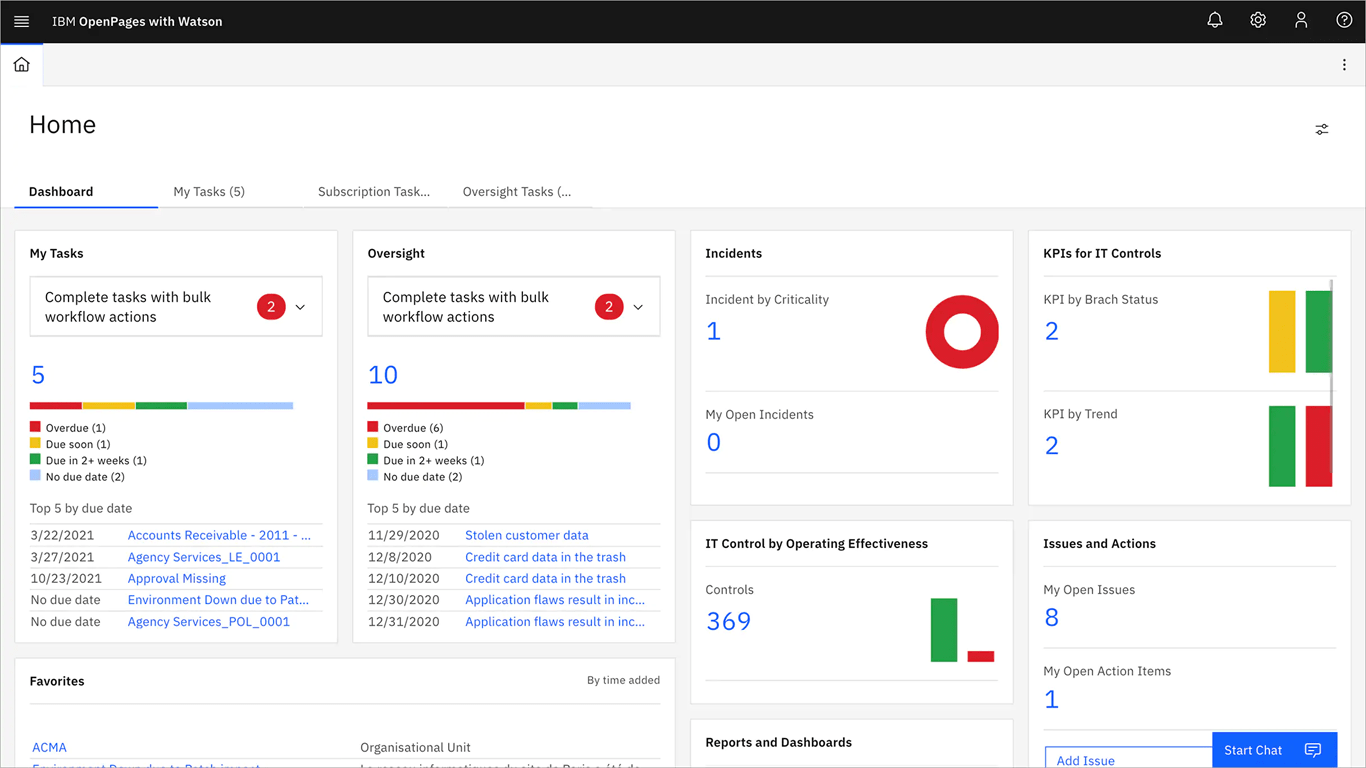









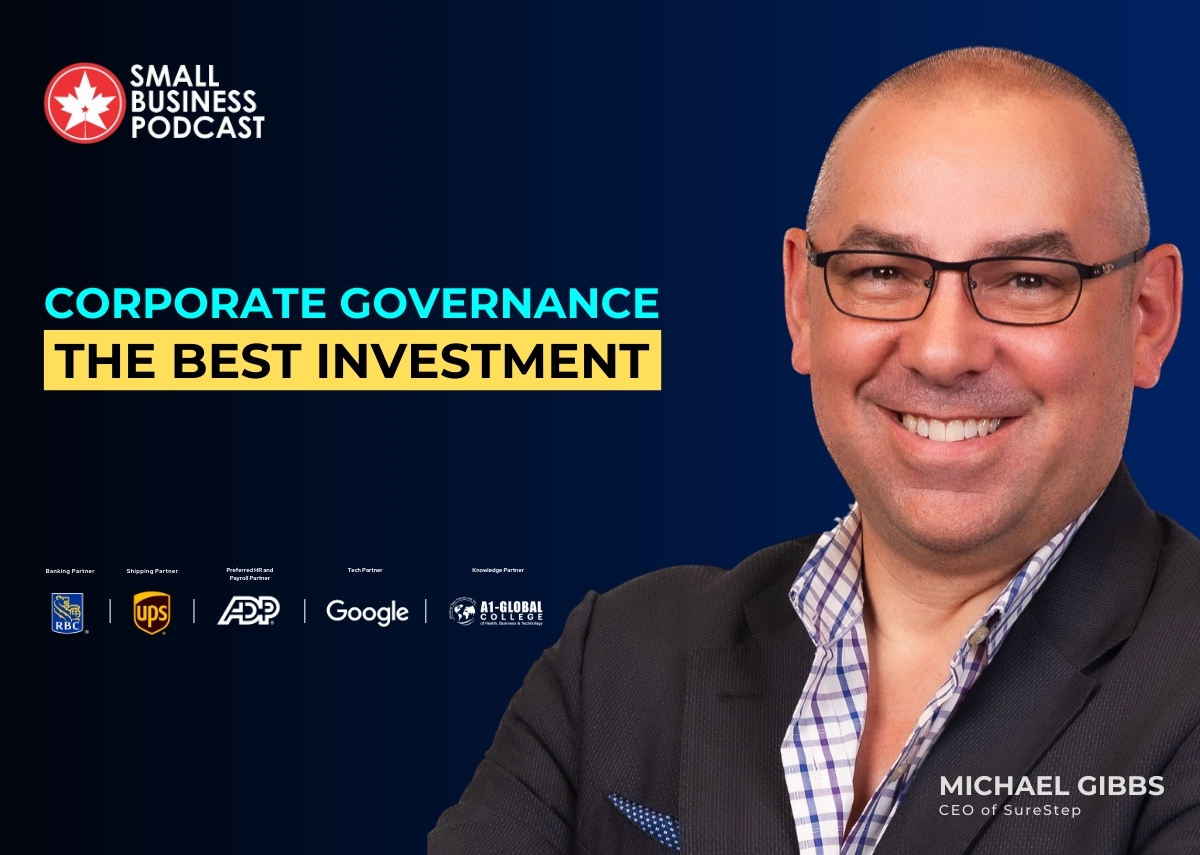

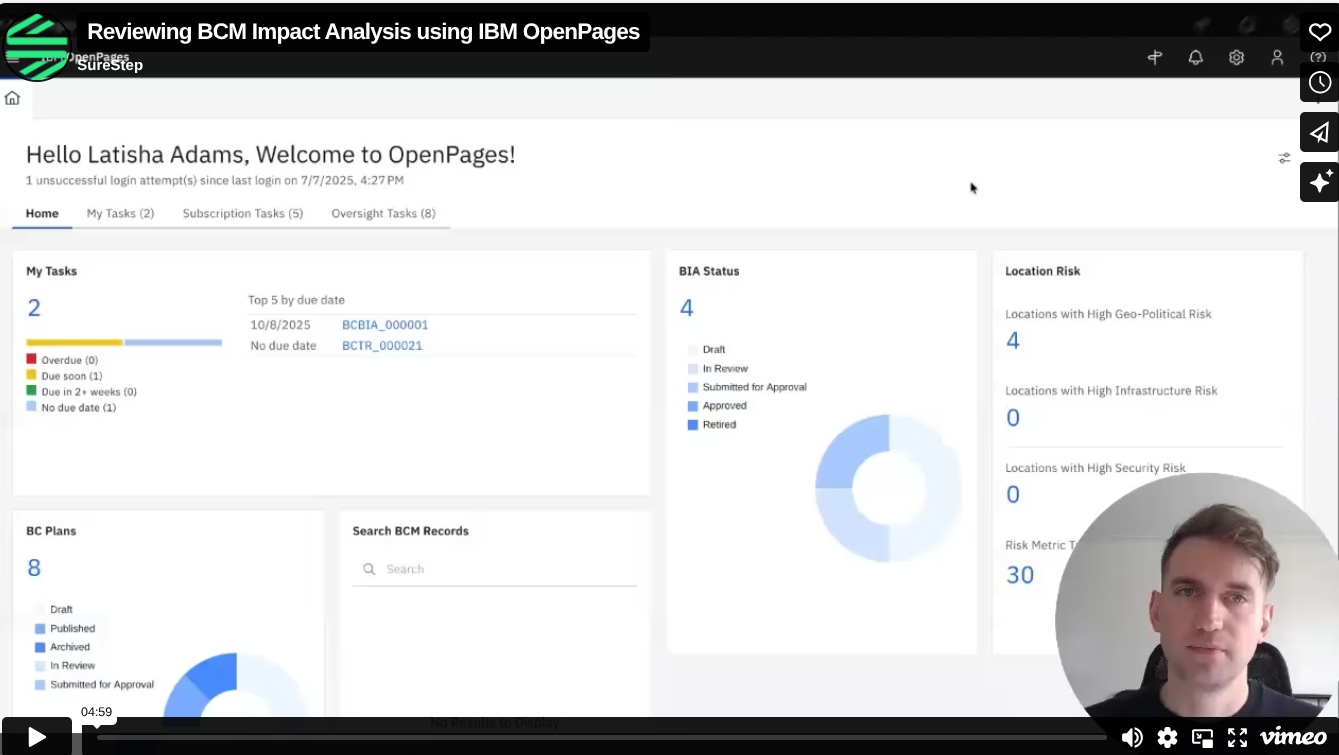



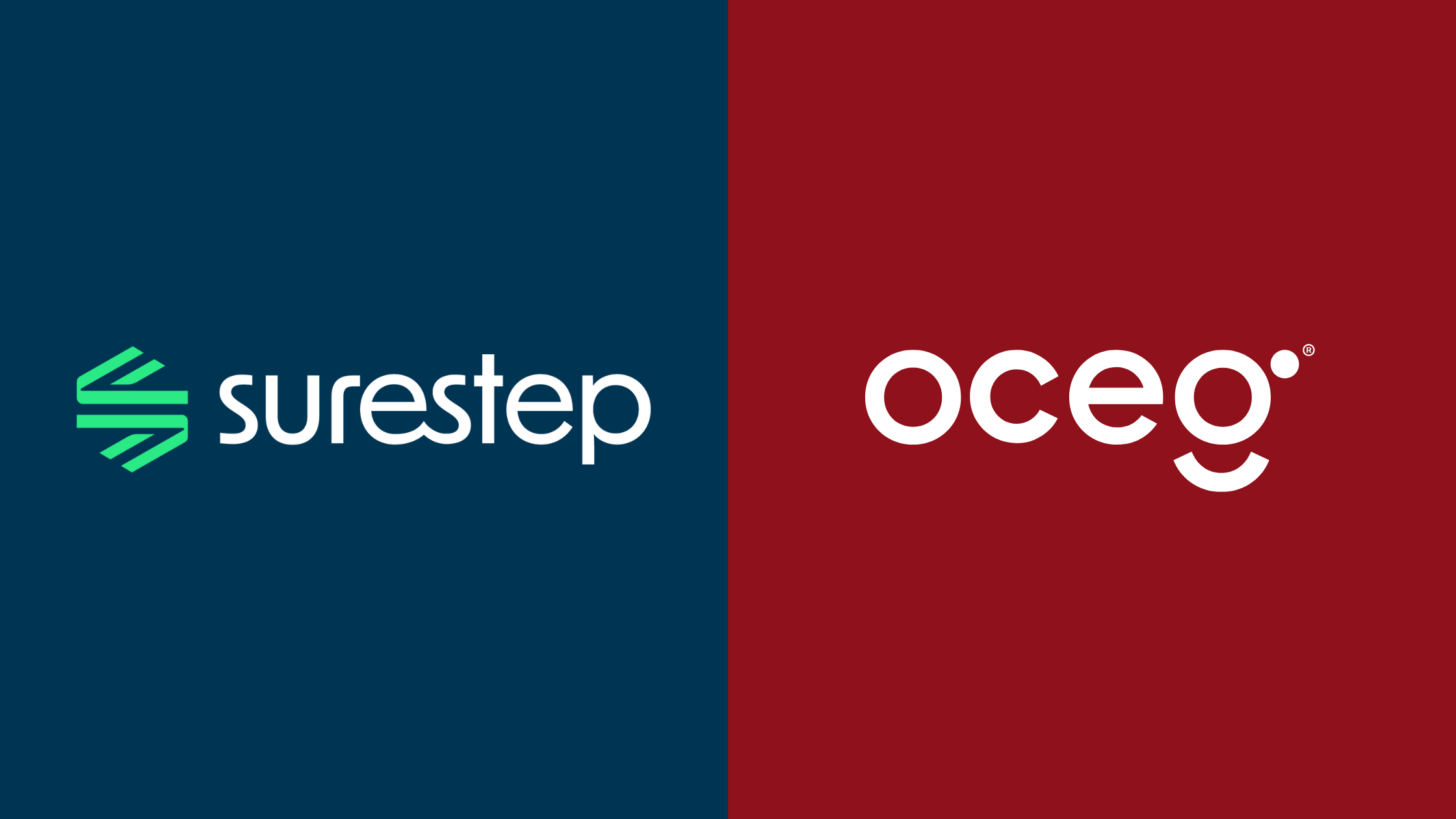


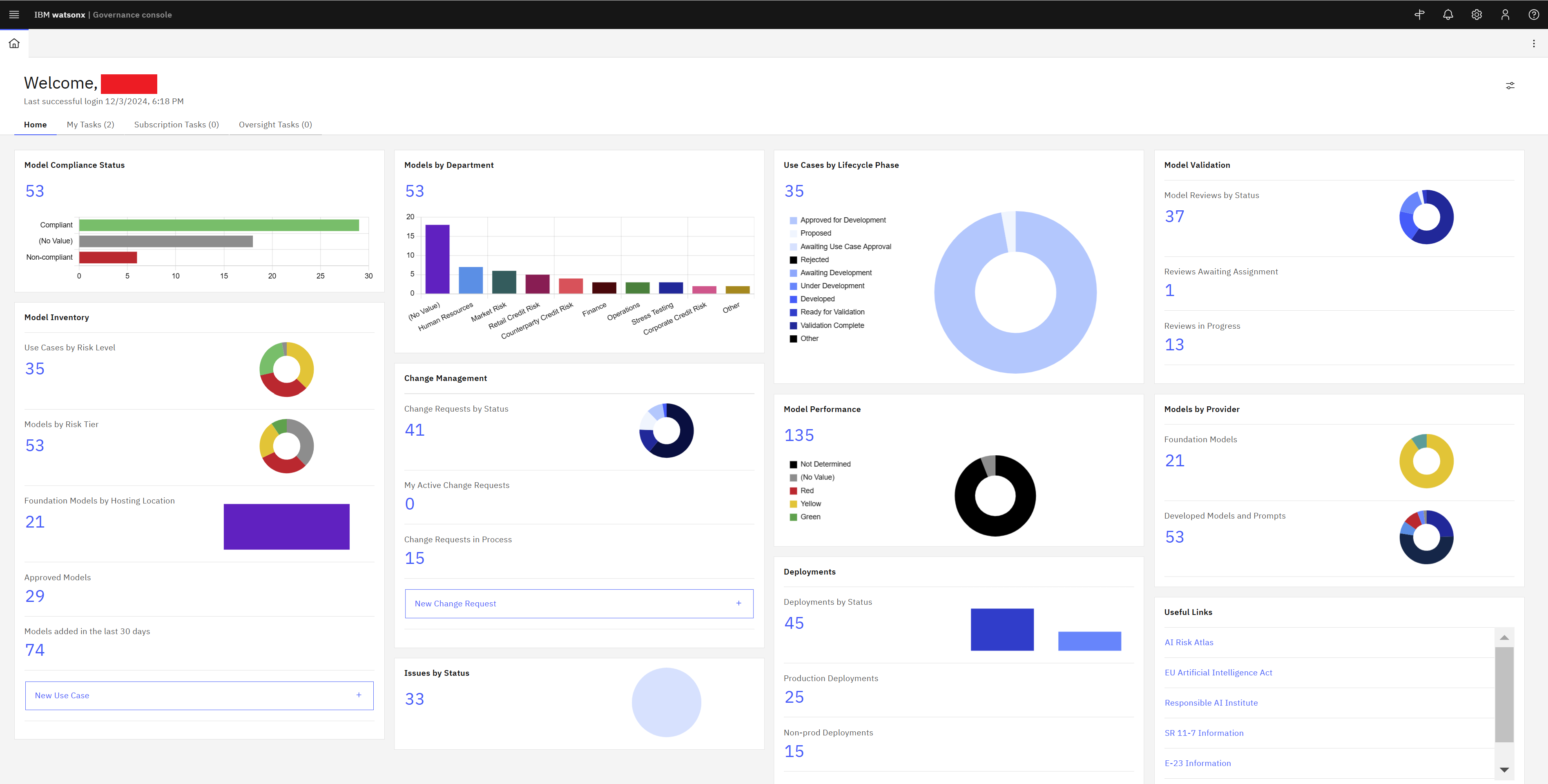

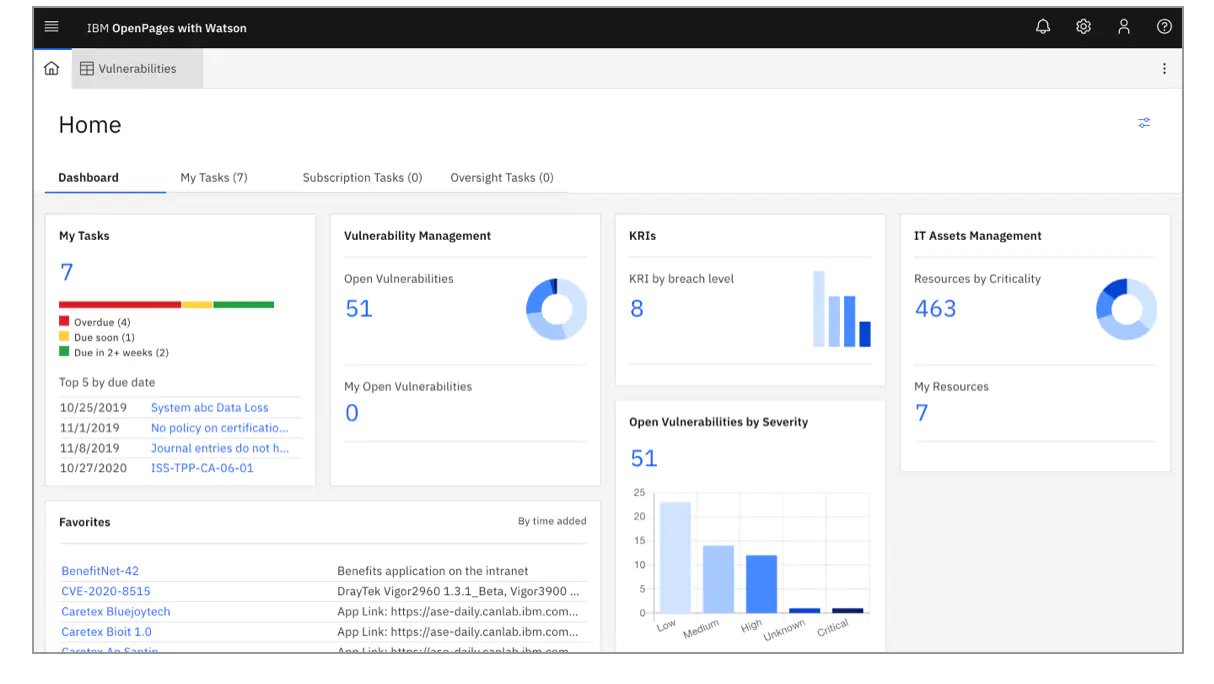
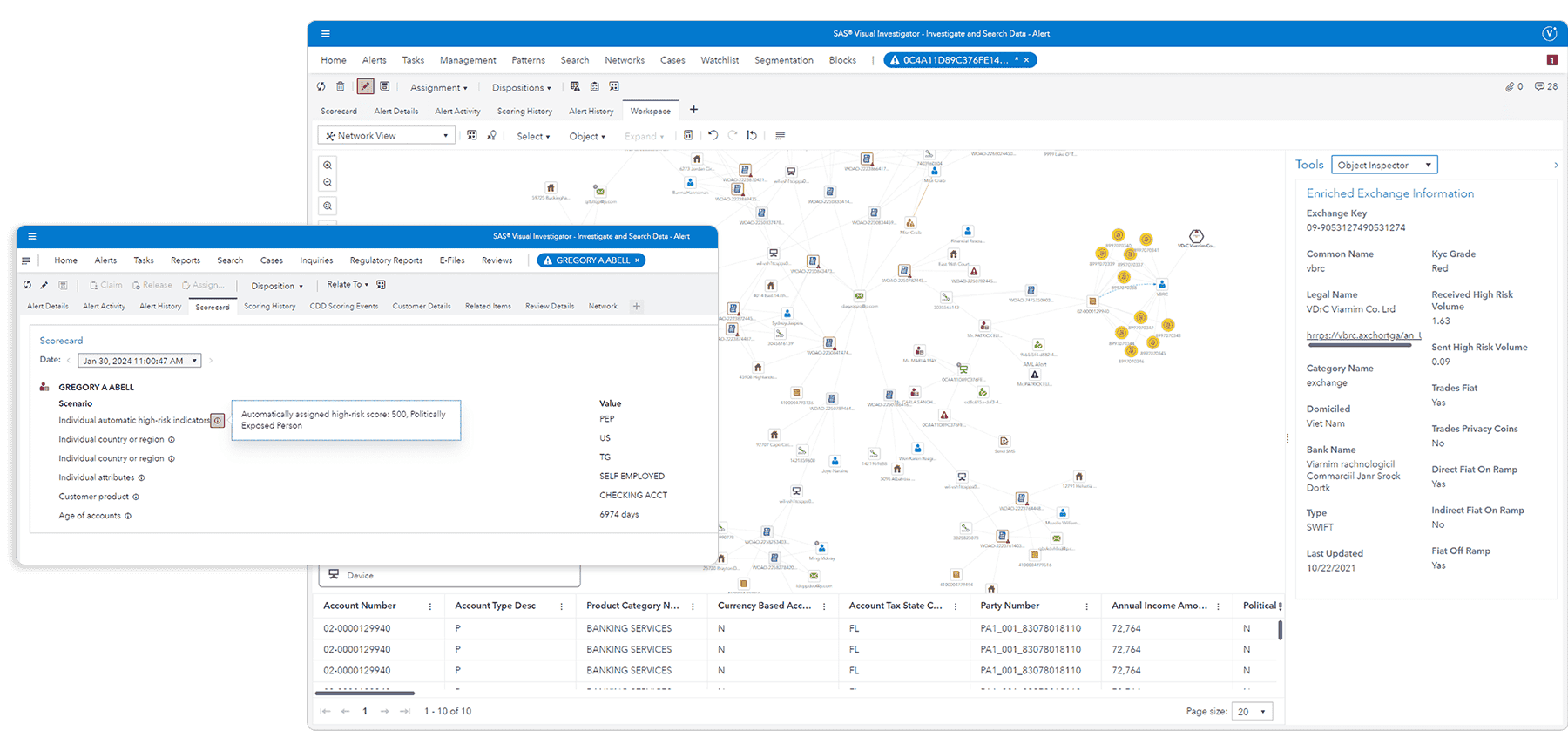







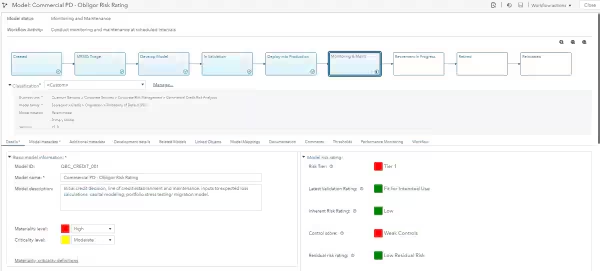









.webp)

-1.jpg)










.jpg)



























.jpeg)







